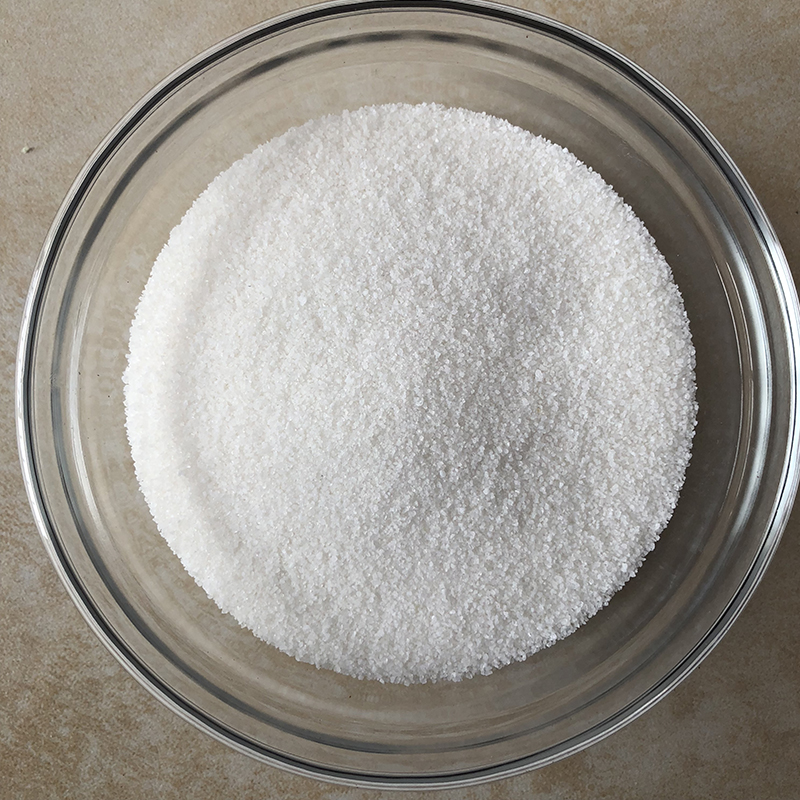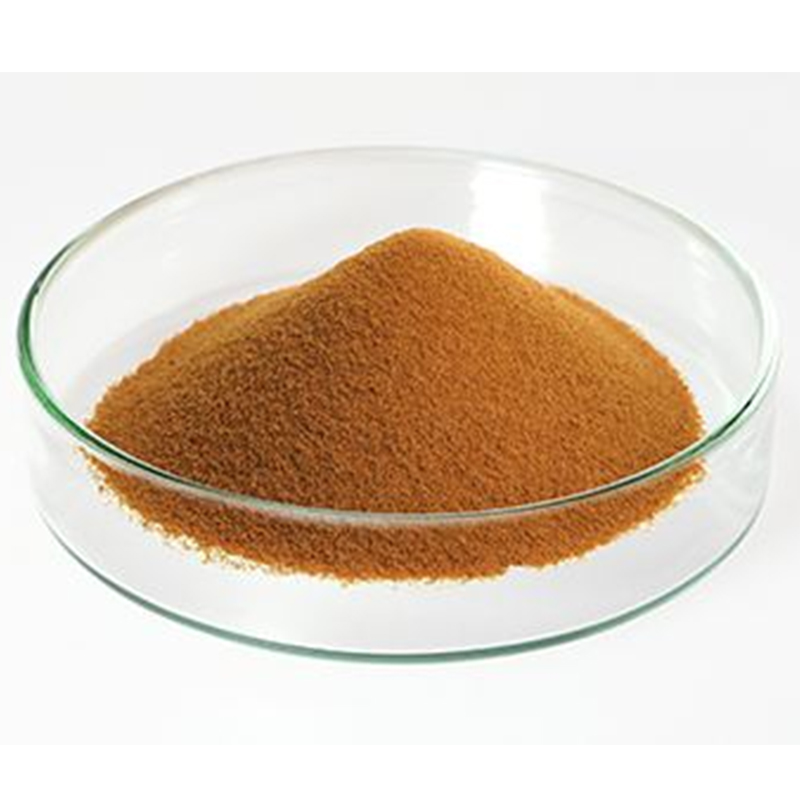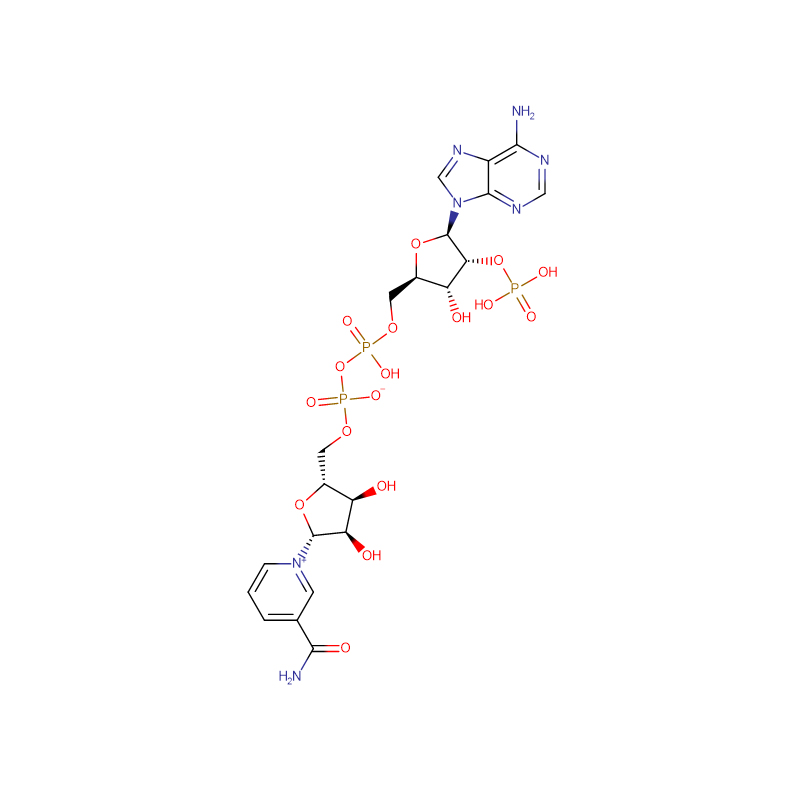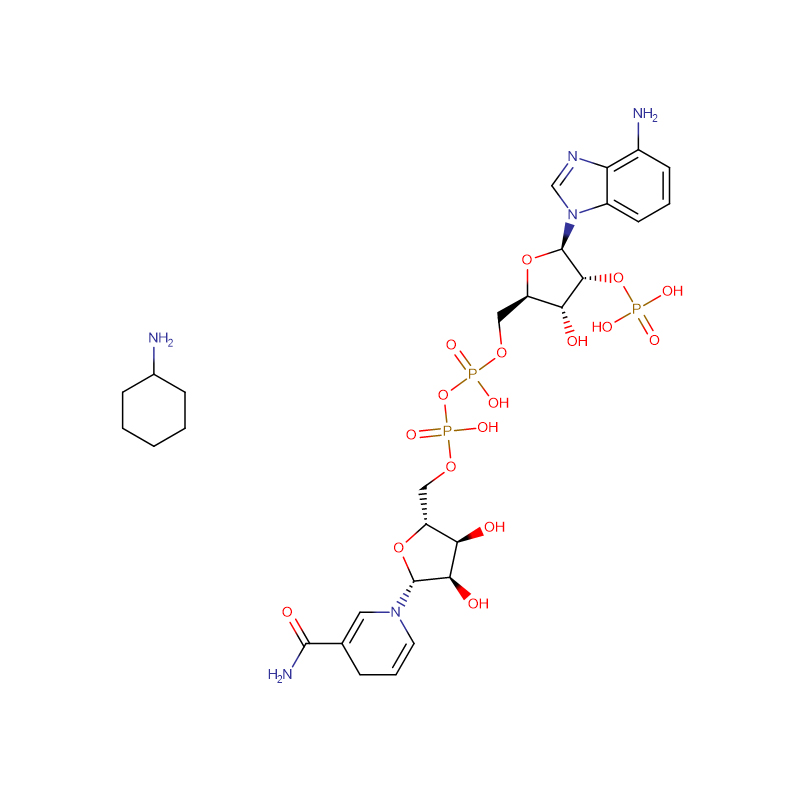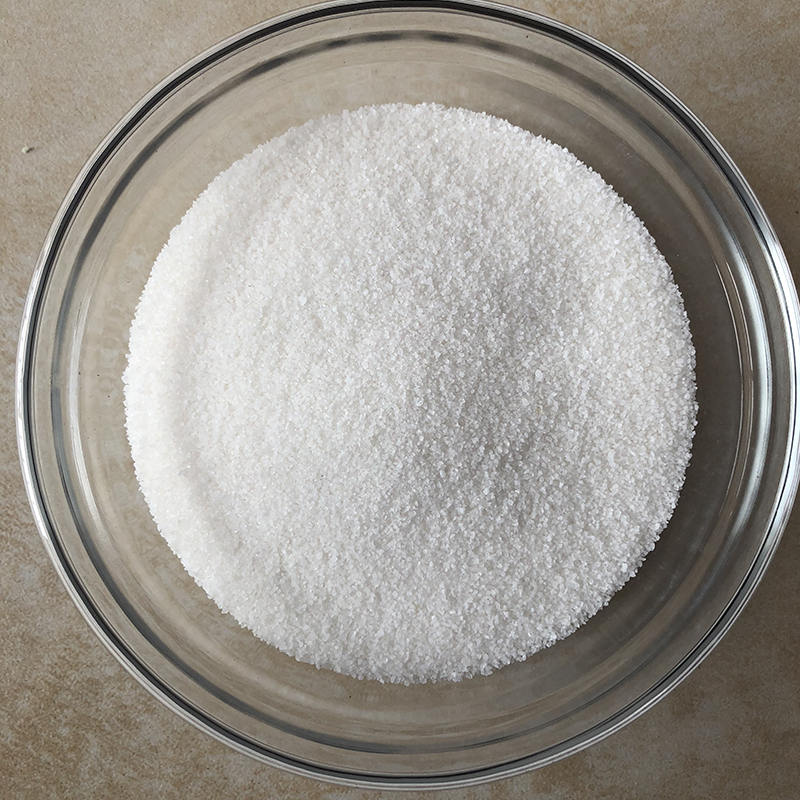Phosphatase, alkaline CAS:9001-78-9 white, grey white or peach monoclinic crystal or powder
| Catalog Number | XD90379 |
| Product Name | Phosphatase, alkaline |
| CAS | 9001-78-9 |
| Molecular Formula | C21H36N8O6 |
| Molecular Weight | 496.57 |
| Storage Details | 2 to 8 °C |
| Harmonized Tariff Code | 35079090 |
Product Specification
| Assay | 99% |
| Appearance | white, grey white or peach monoclinic crystal or powder |
Although fluoride is known to stimulate bone formation, the underlying mechanisms are not fully understood. Recent studies have implicated the Wnt/β-catenin pathway as a major signaling cascade in bone biology. Our earlier studies highlighted a probable role of canonical Wnt pathway in bone formation of chronic fluoride-exposed rats, but the mechanism remains unclear. The current study determined the involvement of Wnt/β-catenin signaling in fluoride-induced osteoblastic differentiation. Using primary rat osteoblasts, we demonstrated that fluoride significantly promoted osteoblasts proliferation and alkaline phosphate (ALP) expression as well as the mRNA expression levels of bone differentiation markers, including type I collagen (COL1A1), ALP and osteonectin. We further found fluoride induced phosphorylations at serine 473 of Akt and serine 9 of glycogen synthase kinase-3β (GSK3β), which resulted in GSK-3β inhibition and subsequently the nuclear accumulation of the β-catenin, as shown by Western blot and immunofluorescence analysis. Moreover, fluoride also induced the expression of Wnt-targeted gene runt-related transcription factor 2 (Runx2). Importantly, the positive effect of fluoride on ALP activity and mRNA expressions of COL1A1, ALP, osteonection and Runx2 was abolished by DKK-1, a blocker of the Wnt/β-catenin receptor. Taken together, these findings suggest that fluoride promotes osteoblastic differentiation through Akt- and GSK-3β-dependent activation of Wnt/β-catenin signaling pathway in primary rat osteoblasts. Our findings provide novel insights into the mechanisms of action of fluoride in osteoblastogenesis.


